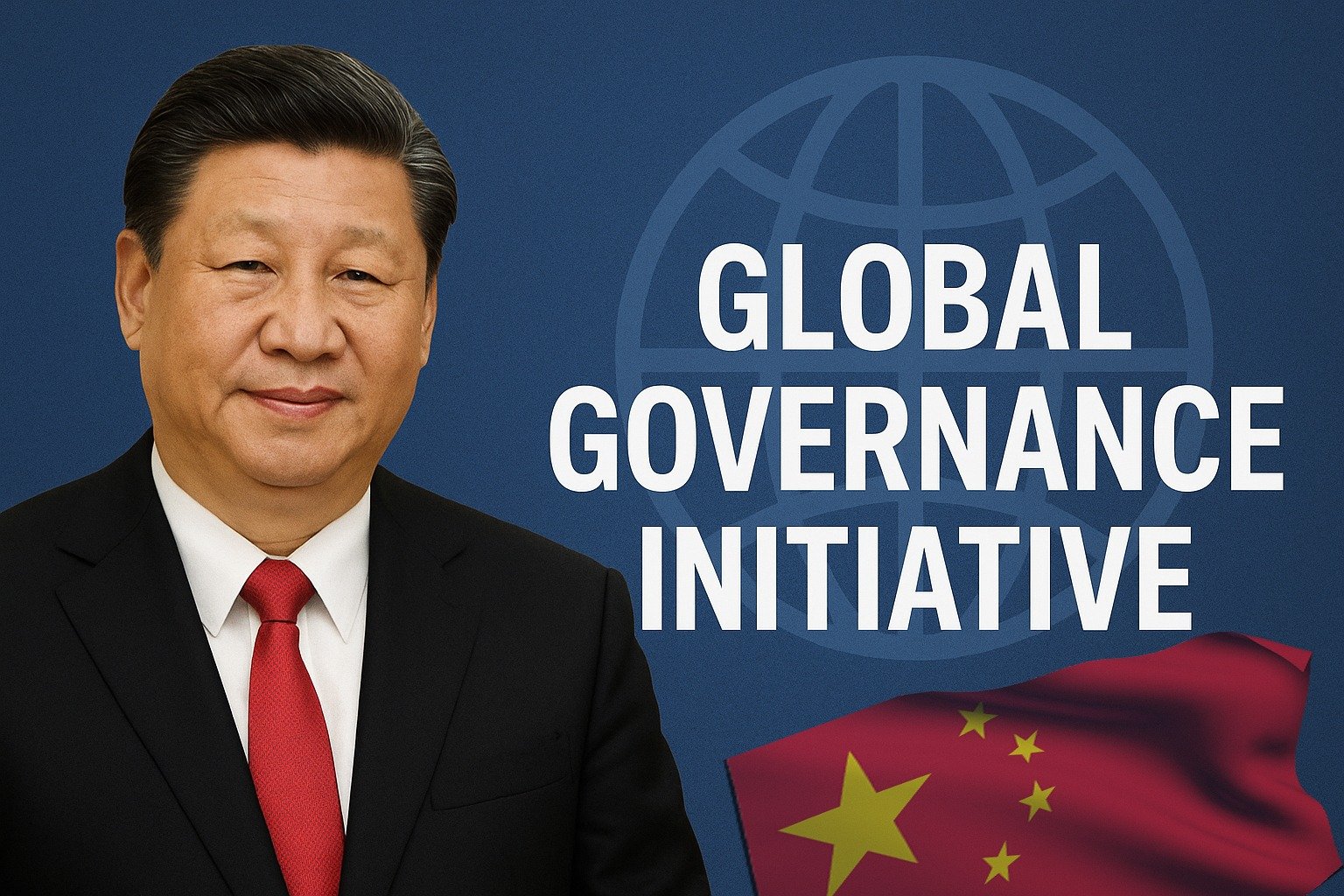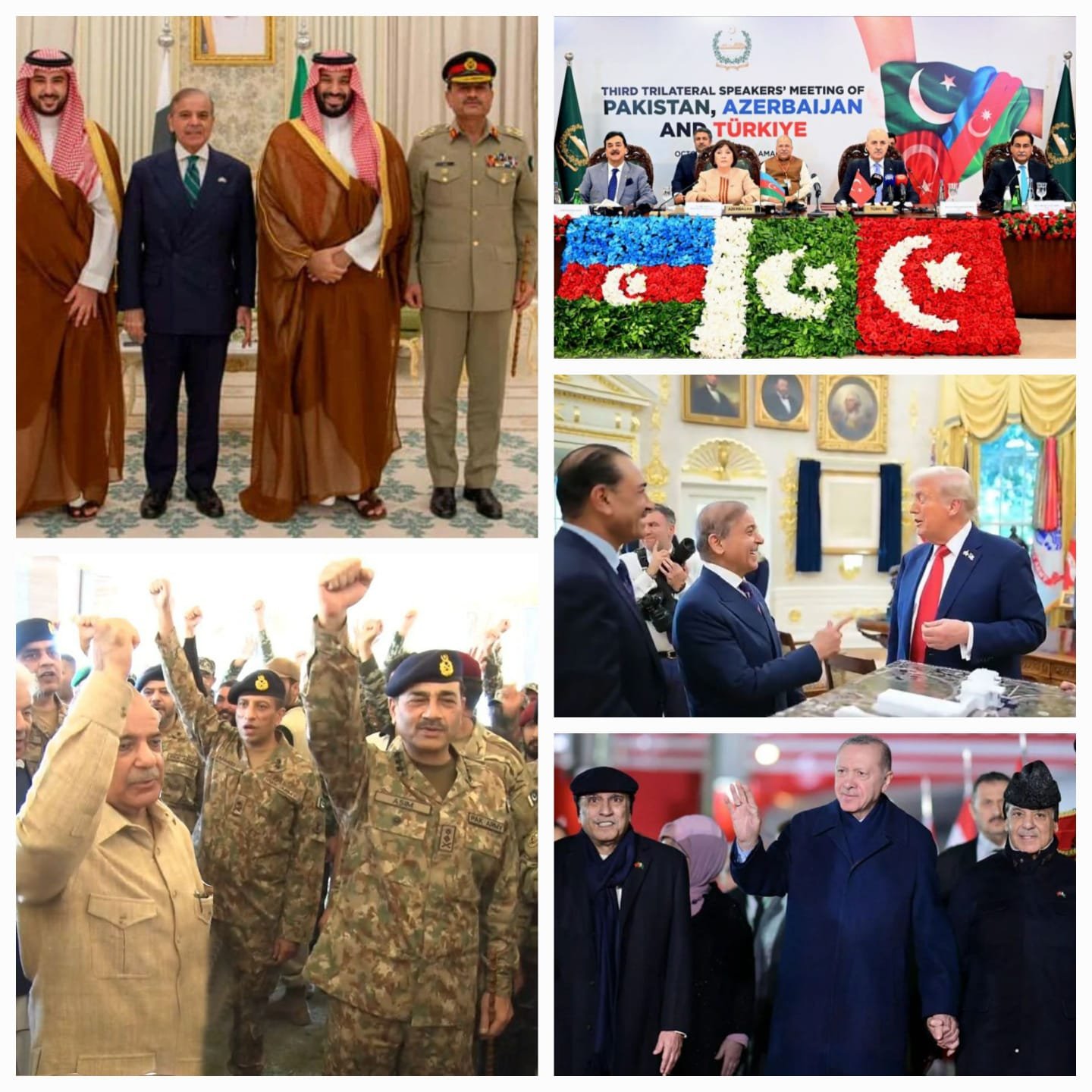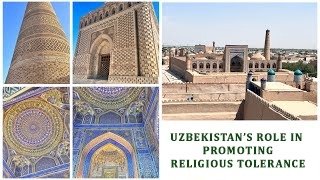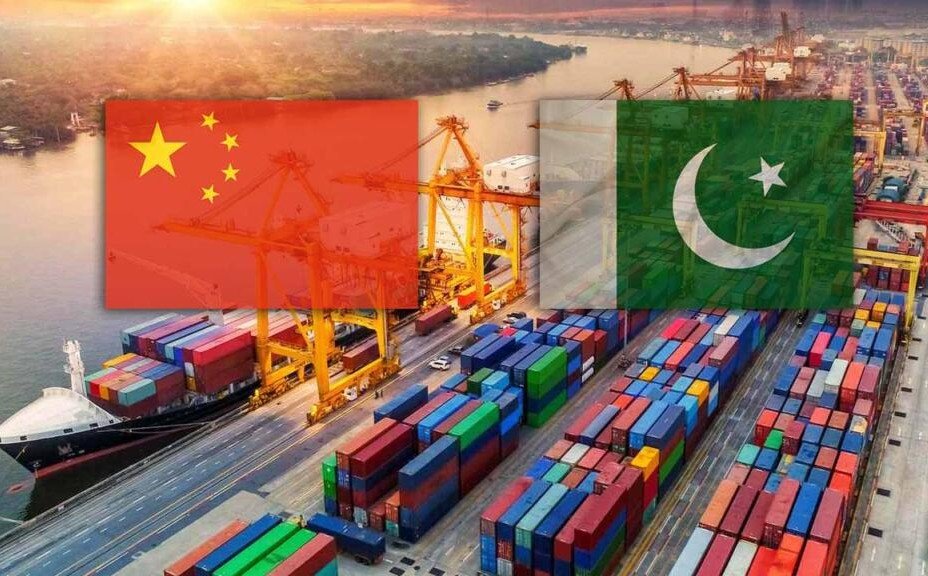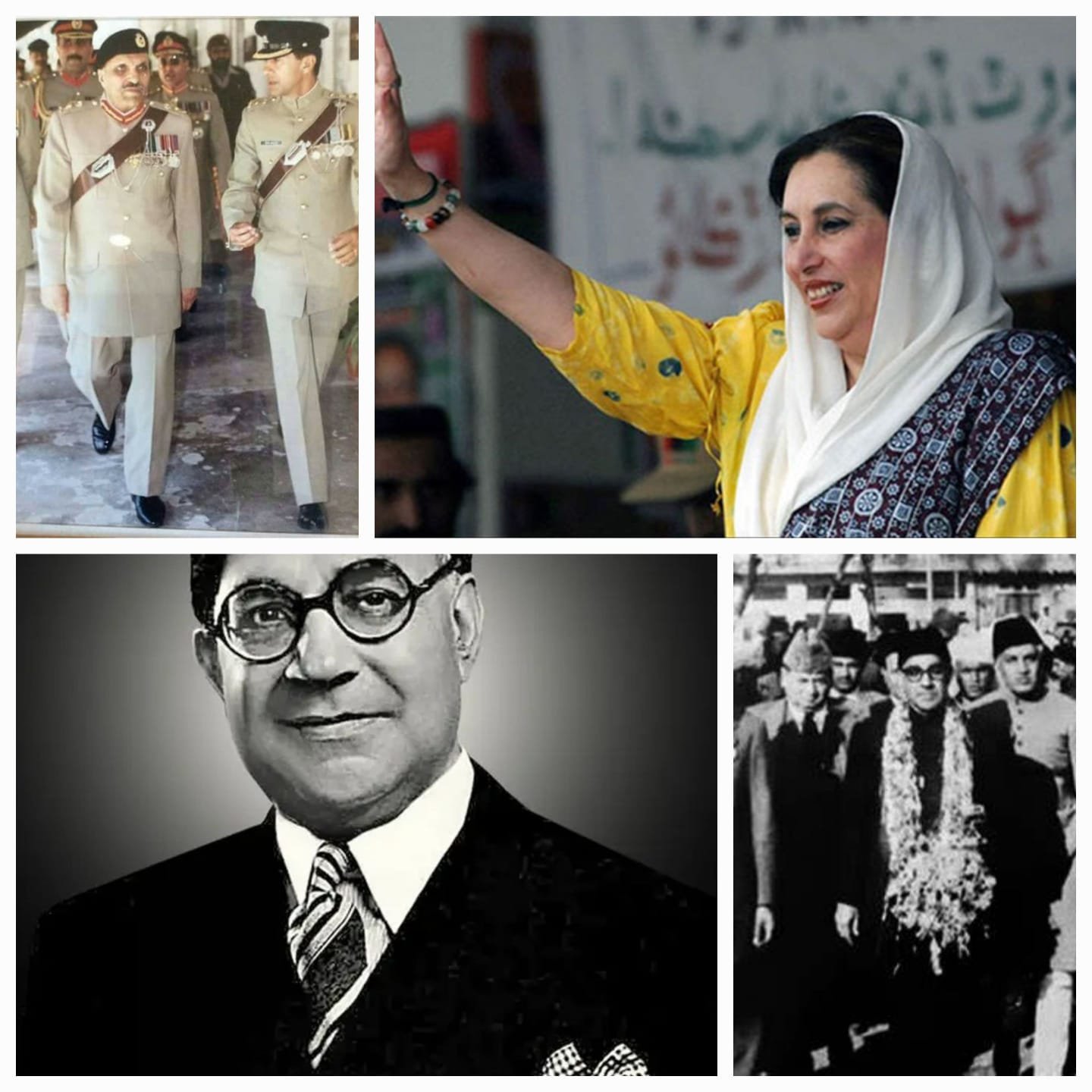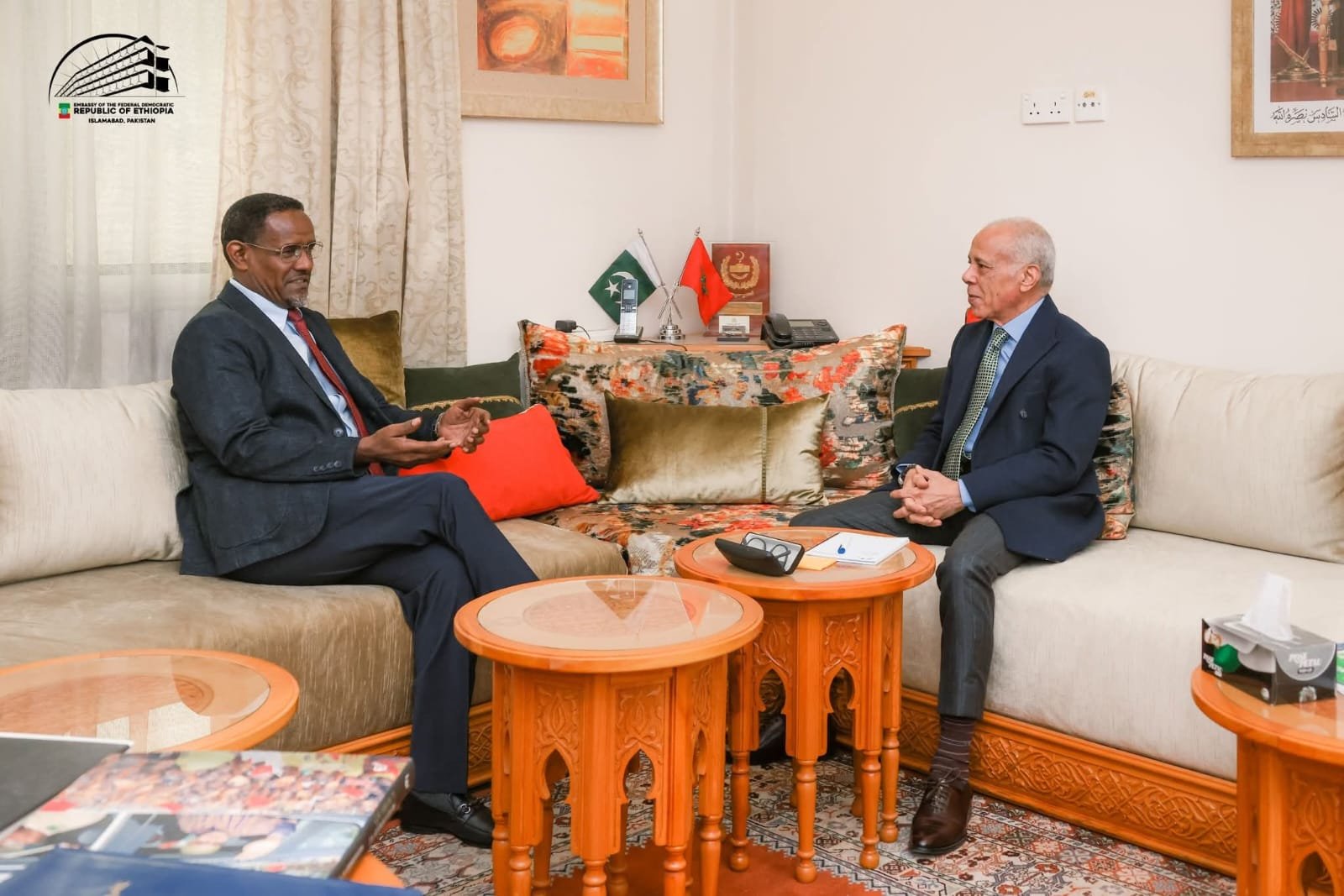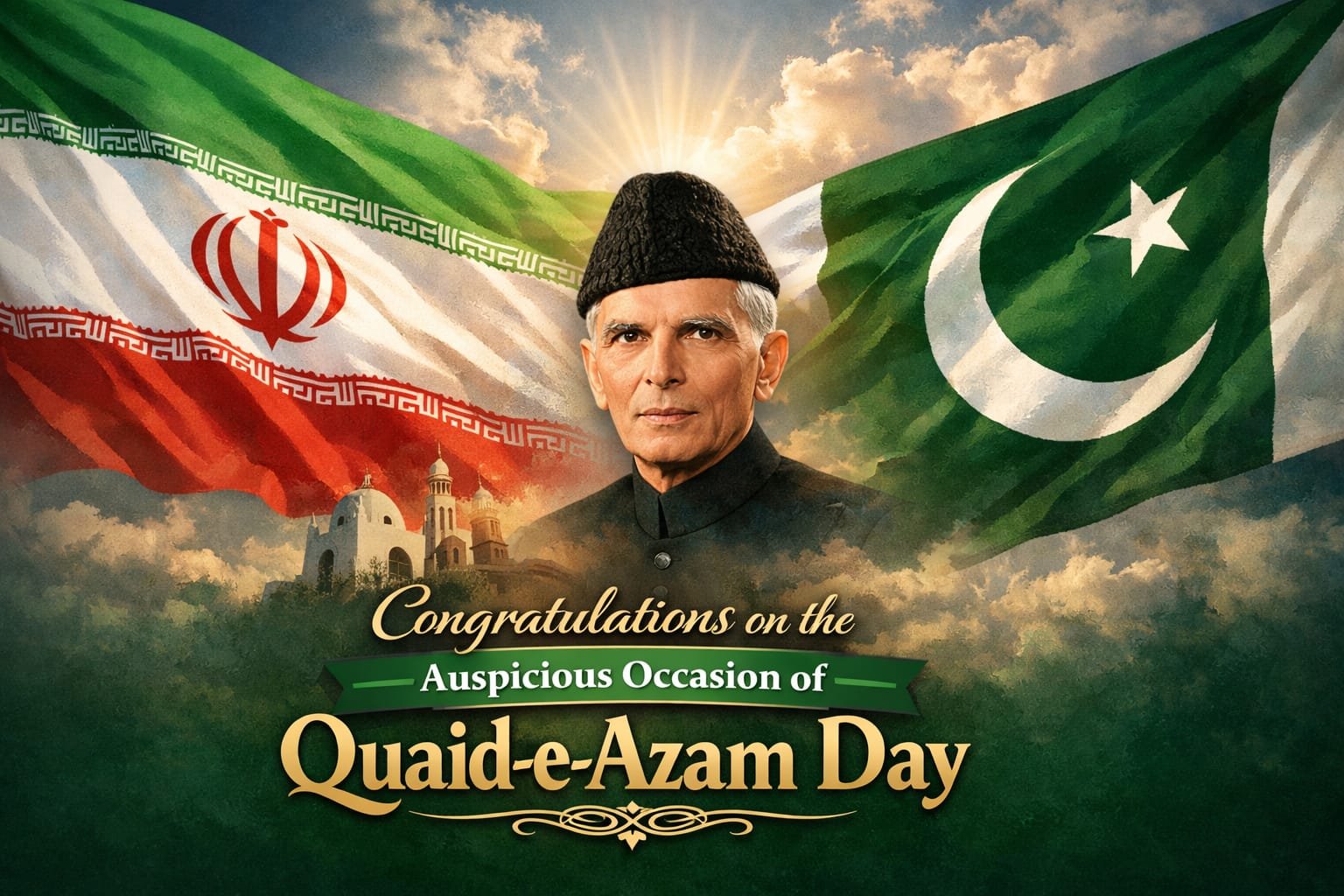The historic visit of Iranian President Dr. Masoud Pezeshkian to Islamabad has ushered in a renewed chapter in Pakistan-Iran relations. The signing of twelve strategic cooperation agreements, ranging from trade and energy to health and media, marks a turning point in the regional landscape — one that promotes economic integration, connectivity, and mutual resilience in a rapidly evolving global order.
This visit represents more than diplomatic formalities. The scope and nature of the agreements reflect a deeper geopolitical recalibration. With shifting alliances and emerging regionalism, Iran and Pakistan are positioning themselves to drive forward a shared vision rooted in economic sovereignty, mutual respect, and cross-border development.
Among the most striking moments of the visit was President Pezeshkian’s reference to the ancient Silk Road as a framework to enhance trade and connectivity. This aligns with regional initiatives such as the China-Pakistan Economic Corridor (CPEC) — a flagship component of the Belt and Road Initiative (BRI). Enhanced engagement with Iran could broaden this vision, creating a new corridor linking Central Asia, the Middle East, and South Asia through Pakistan.
Such integration offers more than physical infrastructure; it builds trust, strengthens economic interdependence, and offers opportunities for shared growth. With strategic ports like Gwadar and Chabahar situated along the Arabian Sea, coordinated maritime development can unlock regional potential and create inclusive economic linkages across previously isolated zones.
The agreements signed during the visit span multiple sectors: energy, agriculture, trade, health, security cooperation, cultural exchange, and media collaboration. Notably, there is renewed momentum surrounding the Iran-Pakistan gas pipeline — a long-standing project that, if realized, could significantly alleviate Pakistan’s energy crisis while strengthening Iran’s regional energy role.
This reflects a shift toward regional economic diplomacy in the face of global uncertainties and external sanctions. The embrace of local partnerships and infrastructure-led development aligns with broader goals of economic independence and South-South cooperation.
Such developments directly correspond with the objectives of platforms like the Belt and Road Initiative for Sustainable Development (BRISD) — promoting infrastructure, climate-resilient strategies, and cross-border cooperation led by regional actors.
Beyond economic benefits, the visit emphasized the importance of cultural and media collaboration, pointing to a more people-centric model of engagement. Cultural exchanges and joint communication efforts can serve as powerful tools to foster unity, correct misconceptions, and build long-term understanding across borders.
Regional partnerships must also extend into areas such as climate change, youth empowerment, and science and technology. Shared vulnerabilities — including water scarcity, environmental degradation, and food insecurity — call for coordinated innovation and knowledge-sharing. These should form the next phase of collaboration, ensuring that development remains inclusive and sustainable.
This new momentum in Pakistan-Iran relations comes at a time when regional autonomy is becoming a stronger theme across Asia, Africa, and Latin America. As multilateral systems face challenges and geopolitical tensions rise, countries are increasingly opting for self-driven models of growth and connectivity.
The agreements signed during the Iranian President’s visit mirror this trend, projecting a vision of regionalism grounded in practical collaboration rather than ideological competition. Whether through BRICS, the SCO, or BRI-aligned platforms, the Global South is crafting alternative mechanisms to assert development priorities and reshape global trade systems.
The renewed cooperation between Iran and Pakistan sends a strong message to the world: regional peace, prosperity, and progress are best led from within the region itself.
While the agreements are encouraging, their success will depend on timely and transparent implementation. Historically, many well-intended frameworks have struggled to move beyond symbolic commitments. This moment presents an opportunity to adopt institutional mechanisms, inter-ministerial coordination, and stakeholder monitoring to ensure that progress is not lost.
A collaborative forum involving policy institutions, youth networks, academia, and civil society from both countries could serve as an effective follow-up mechanism. Such a platform would help facilitate dialogue, support innovation, and offer feedback loops to keep cooperation responsive to local needs.
President Pezeshkian’s visit represents more than a milestone in bilateral diplomacy — it is a signal that regional integration is both possible and necessary. The twelve agreements signed in Islamabad have the potential to reshape regional cooperation based not on competition, but on complementarity and mutual respect.
The road ahead demands sustained effort, coordinated governance, and inclusive participation. If approached with seriousness and strategic foresight, this renewed partnership could emerge as a cornerstone for broader connectivity across West, South, and Central Asia — echoing the spirit of the ancient Silk Road, reimagined for the 21st century.
Mr. Qaiser Nawab, a global peace activist, is a distinguished international expert specializing in the Belt and Road Initiative (BRI), Afghanistan, Central Asia and founder of the Belt and Road Initiative for Sustainable Development (BRISD), a newly established global think-tank headquartered in Islamabad, in conjunction with the one-decade celebration of BRI.


